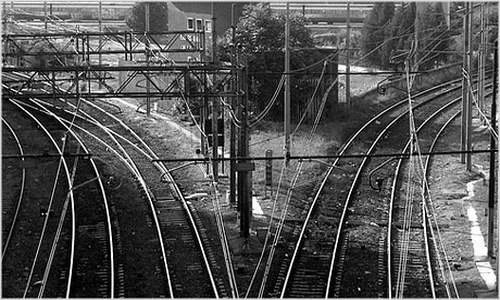Running a Joomla website comes with its share of challenges, but there are several quick improvements you can implement right away to enhance performance, security, and user experience. Here are ten actionable fixes that will give your Joomla site an immediate boost without requiring extensive development work.
1. Update to the Latest Joomla Version
Nothing improves your Joomla site faster than updating to the latest version. Each update includes security patches, bug fixes, and performance improvements.
How to do it:
- Back up your site first (always!)
- Go to Components > Joomla Update
- Follow the prompts to complete the update
- Test your site functionality afterward
Keeping Joomla current not only improves security but often speeds up your site as core optimizations are implemented with each release.
2. Enable Caching
Caching creates static versions of your dynamic content, dramatically reducing server load and speeding up page delivery.
How to do it:
- Navigate to System > Global Configuration > System
- Set Cache to "ON - Conservative Caching"
- Choose an appropriate cache time (e.g., 15-30 minutes)
- Save your changes
You'll notice an immediate speed improvement, especially for visitors who browse multiple pages.
3. Optimize Your Images
Oversized images are often the biggest culprit behind slow-loading Joomla sites. Optimizing them can yield dramatic improvements.
How to do it:
- Use an image compression tool (like TinyPNG or ImageOptim) before uploading
- Resize images to the actual dimensions needed on your page
- Consider installing an image optimization extension like JCH Optimize
- Implement lazy loading for images below the fold
This simple fix can reduce page load times by seconds rather than milliseconds.
4. Clean Up Unused Extensions
Every extension you install adds code that must be processed, even if you're not actively using it. Remove what you don't need.
How to do it:
- Go to Extensions > Manage > Manage
- Sort by "Status" to identify disabled extensions
- Uninstall extensions you no longer use
- Be thorough – check modules, plugins, components, and templates
Fewer extensions mean less PHP to process, fewer database queries, and better security.
5. Implement a Security Scan
Security issues can lurk undetected on your site. Running a security scan helps identify vulnerabilities before they become problems.
How to do it:
- Install a security extension like Admin Tools or JomDefender
- Run a complete security scan
- Address any critical issues immediately
- Set up scheduled scans
Many security issues can be fixed in minutes once identified, preventing potential downtime or data loss later.
6. Enable Gzip Compression
Gzip compression reduces the size of your HTML, CSS, and JavaScript files before sending them to visitors' browsers.
How to do it:
- Access System > Global Configuration > Server
- Set "Gzip Page Compression" to "Yes"
- Save your changes
This simple toggle can reduce your transmitted data by up to 70%, significantly improving load times.
7. Optimize Your Database
Over time, your Joomla database accumulates unnecessary data that slows down queries.
How to do it:
- Install and run the Database Optimizer extension
- Clear out outdated data (like old session records)
- Repair and optimize database tables
- Schedule regular maintenance
A streamlined database responds faster to queries, improving every aspect of your site's performance.
8. Review and Update Your SEO Settings
Better SEO settings can improve both search rankings and user experience.
How to do it:
- Ensure SEO-friendly URLs are enabled (System > Global Configuration > SEO)
- Add metadata to your most important pages
- Install and configure an SEO extension like sh404SEF or EFSEO
- Verify your robots.txt file is properly configured
These quick SEO tweaks can improve your visibility in search results with minimal effort.
9. Set Up an Automated Backup System
While not a performance improvement, automated backups are essential for peace of mind and quick recovery.
How to do it:
- Install a backup extension like Akeeba Backup
- Configure regular automated backups (at least weekly)
- Set backups to be stored off-site (cloud storage is ideal)
- Test the restoration process
Knowing you can quickly restore your site is invaluable when something goes wrong.
10. Refresh Your Homepage Content
Your homepage is typically your most visited page. Refreshing it improves user engagement and search relevance.
How to do it:
- Update outdated information
- Add a new featured article or image
- Ensure your calls-to-action are compelling
- Review and optimize the layout for mobile devices
Fresh, relevant content signals to both visitors and search engines that your site is actively maintained.
Conclusion
Each of these quick fixes can be implemented in under an hour, yet together they can transform your Joomla site's performance, security, and user experience. The best part is that most require no coding knowledge—just a willingness to work through your admin panel systematically.
By implementing these changes today, you'll not only improve your current site but also establish good maintenance habits that will keep your Joomla installation running smoothly for years to come.
Which of these quick fixes will you implement first? Your visitors (and your stress levels) will thank you for taking these simple steps to improve your Joomla site.









